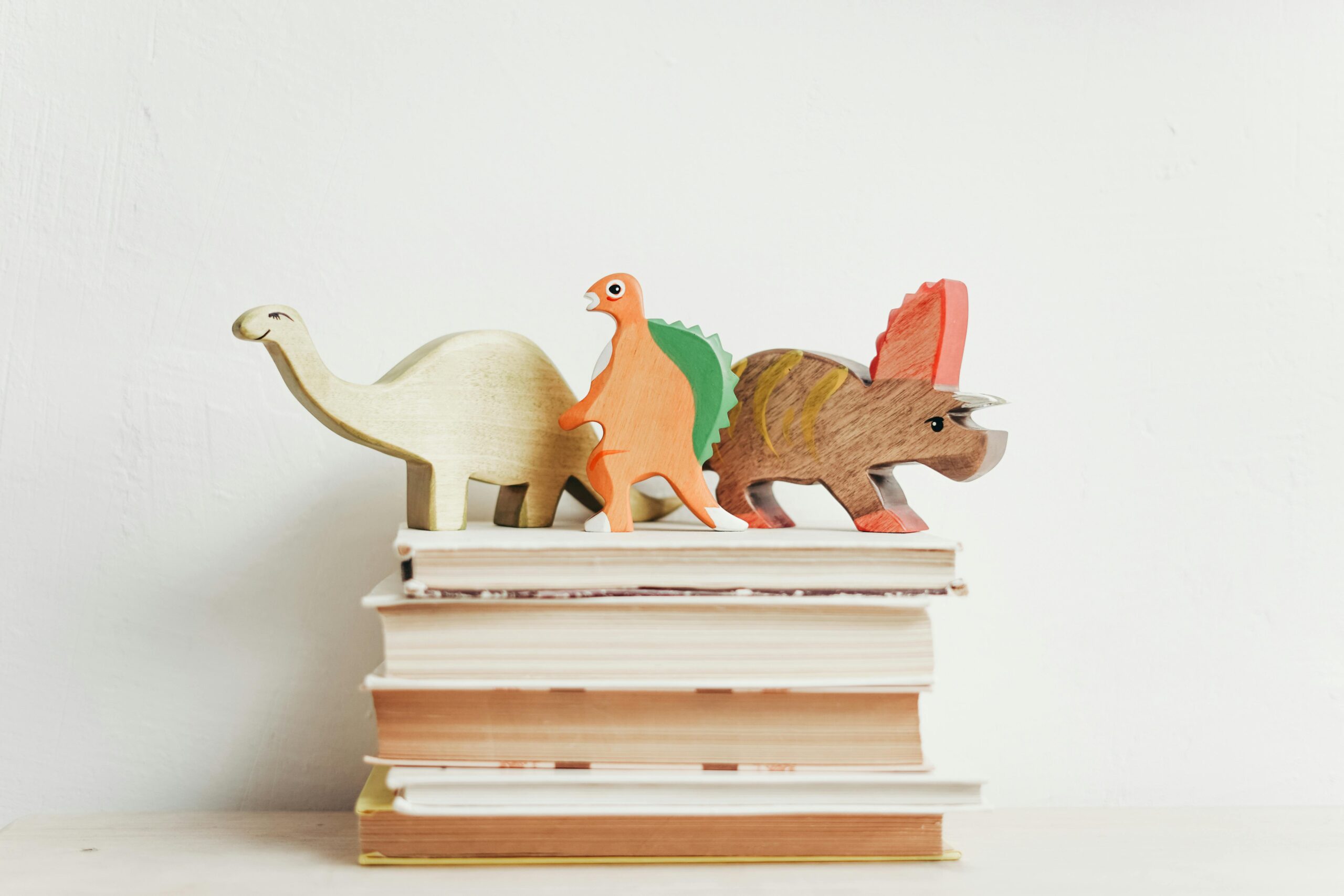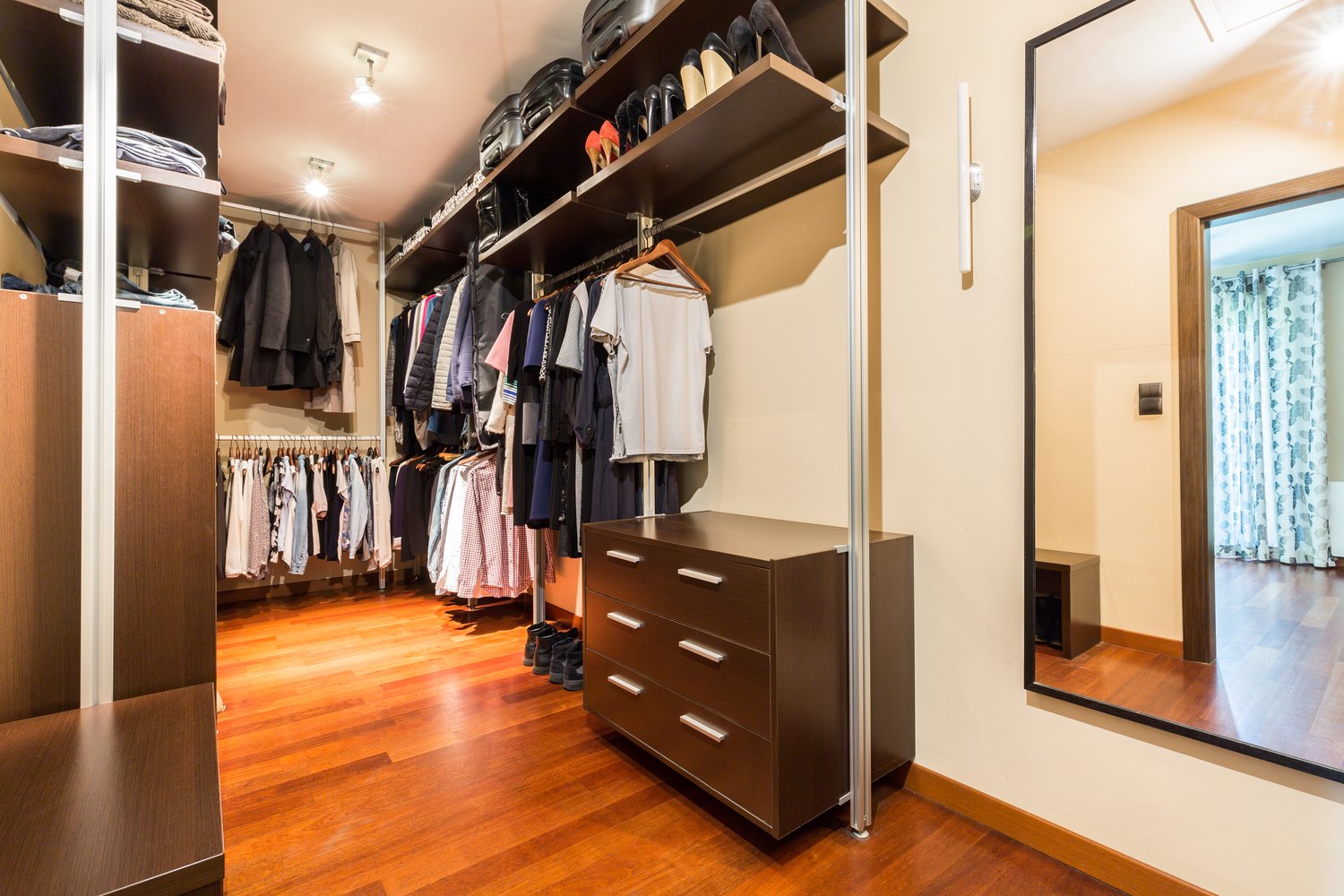Maintaining a tidy kids room can feel like an impossible task when you’re already juggling work, family commitments, and countless other responsibilities. Children naturally create chaos as they play, learn, and grow, leaving a trail of toys, books, and clothing in their wake. This article offers practical kids room cleaning organization hacks designed specifically for time-strapped parents. You’ll discover strategies for involving kids in cleaning routines, efficient toy storage solutions, and simple systems for decluttering children’s rooms that can be maintained even during the busiest weeks.
Understanding the Challenges of Kids’ Room Organization
Keeping children’s rooms organized presents unique challenges compared to other spaces in your home. Young children haven’t yet developed the executive functioning skills needed to independently maintain order. They live in the moment, often dropping one activity to move enthusiastically to the next without considering cleanup. This natural developmental stage, combined with their growing collections of toys, clothes, and school items, creates the perfect storm for clutter. Before implementing tidy kids room tips, it’s important to have realistic expectations based on your child’s age and abilities. A preschooler will need significantly more guidance than a teenager, though both benefit from consistent systems that make organization intuitive rather than overwhelming.
Creating Kid-Friendly Organization Systems
The most successful organization systems work with children’s natural tendencies rather than against them. When designing toy storage solutions, think about accessibility and simplicity. Open bins labeled with pictures for younger children or words for older ones make it clear where items belong. Color-coding can also be extremely effective—assign each child or category of items its own color to streamline the decluttering process. Storage furniture that doubles as play surfaces maximizes space while encouraging children to keep areas clean for their activities. Consider visiting AskHomey for recommendations on durable, kid-friendly organizers designed to withstand years of use while keeping rooms functional and tidy.
Effective Toy Management Strategies
Toys often represent the greatest challenge when decluttering children’s rooms. The continuous influx of new items from birthdays, holidays, and well-meaning relatives can quickly overwhelm available space. Implement a one-in-one-out policy where for each new toy that enters, another must be donated or stored away. Rotation systems work wonderfully too—keep only a portion of toys accessible at any time, storing others in labeled containers to be swapped out periodically. This approach not only manages clutter but also renews excitement for forgotten toys. For collections of small items like building blocks or art supplies, transparent containers allow children to see contents without dumping everything out. Consider dedicating specific zones in the room for different types of play, making cleanup more intuitive as children understand where each category belongs.
Age-Appropriate Ways to Involve Kids in Cleaning
One of the most valuable kids room cleaning organization hacks is to transform cleanup from a dreaded chore into a natural part of your child’s routine. Even toddlers can learn to participate when you break tasks into manageable steps and make the process playful. Turn cleanup into a race against a timer for younger children, or create a checklist that older kids can follow independently. Be specific with instructions—rather than saying “clean your room,” say “put books on the shelf and dirty clothes in the hamper.” Consistency is crucial; build short cleaning sessions into daily routines, perhaps before dinner or bedtime, so tidying becomes habitual rather than an occasional marathon. When you involve kids in cleaning from an early age, you’re not just maintaining a tidier space—you’re teaching valuable life skills that serve them well into adulthood.
Seasonal Decluttering Routines
Establishing seasonal routines for deeper decluttering prevents children’s rooms from becoming chronically overwhelmed. Four times yearly, coinciding with changing seasons or school breaks, schedule time for more thorough organization. This is the perfect opportunity to assess clothing that’s been outgrown, toys that no longer hold interest, and school projects that have accumulated. Create three categories during these sessions: keep, donate/sell, and discard. Involve children in these decisions to teach discernment and generosity. For items with sentimental value that you’re not ready to part with, create a dedicated “memory box” with strict space limitations. These quarterly decluttering children’s rooms sessions make daily maintenance significantly easier and prevent the need for overwhelming clean-out marathons.
Maintaining Systems for Long-Term Success
The most challenging aspect of kids room organization isn’t creating systems but maintaining them consistently. Build quick daily tidying sessions into your routine—perhaps five minutes before bedtime when everyone pitches in. Weekly maintenance might involve vacuuming, dusting, and returning items that have migrated to other parts of the house. Set clear expectations about personal responsibility that increase with age, gradually transferring ownership of the space to your child. Remember that perfectly organized rooms aren’t the goal—functional, reasonably tidy spaces that support your child’s development and your family’s sanity are the true measure of success. By implementing these practical tidy kids room tips consistently, you’ll find the challenge becomes progressively easier as habits form and systems become second nature.
For more tips and to connect with reliable home service professionals, follow AskHomey on Facebook and Instagram.



